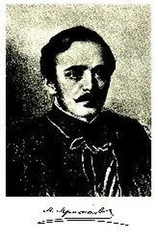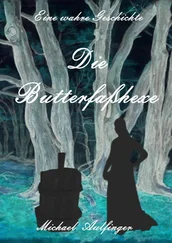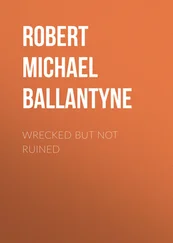Fear had survival value. It could prevent me from falling victim to complacency my first day on the job.
And what, exactly, was my job? In truth, it was twofold. First, to justify further military funding of the White Sphinx Project, I had to satisfy Woody Kaprow’s curiosity about the range and effectiveness of his Time Displacement Apparatus. Second, I had to provide the Zarakali government, in the person of its opinionated Minister of Interior, proof that our species’ earliest recognizably “human” forebears had lived within yodeling distance of Lake Kiboko, Mount Tharaka, and environs. Alistair Patrick Blair wanted hard evidence supporting his highly controversial theories about human evolution, and he had persuaded his country’s Western-educated President that White Sphinx would deliver on this point, with benefits eventually redounding to both the nation’s scientific establishment (i.e., by vindicating Blair himself) and its economy (i.e., by encouraging tourism, grants, and additional American aid). As a noncommissioned officer in the United States Air Force, I was the pawn of two governments. My “job” was to make both governments happy.
Specifically, I had to search for protohuman hominids, observe their lifestyles, and report my findings to my superiors. The transcordion was supposed to bear the brunt of this last obligation, but because it was not working, I would have to commit my observations to memory until I could discharge that duty in person. Blair had suggested that the dropback take place next to Lake Kiboko. His hope had been that I could find a Homo zarakalensis welcoming committee gathered about the Backstep Scaffold, but that hope had already gone glimmering. The only two-legged creatures in the vicinity were birds, and they had not yet made a friendly overture.
I strode down from the tuff bordering the lake and hiked eastward into open savannah. The differences between this landscape and its twentieth-century version began to astonish me. Where Zarakal had salt flats and thornveldt, this terrain boasted a well-trodden grass cover, small patches of forest, and a network of half-hidden arroyos feeding into Lake Kiboko from the hills to the west. To the southeast, much taller and mightier than it appears today, Mount Tharaka rose up into the sky like the hunched shoulder of a Titan. Evidence of volcanic activity—calderas, compacted ash, glintings of obsidian—marked the landscape if you looked closely, but on the whole the scene was pastoral, even idyllic. This was the way I remembered it from my previous spirit-traveling, but the surprise of finding my dreams corroborated made me lightheaded, giddy with the deliciousness of déjà vu .
Halting, I surveyed the plain. Everywhere my eyes went, life. As earlier at the lake, I felt that I had called this procession of creatures out of temporal limbo by stepping into their element. The richness of racial memory, and my tapping of that richness, had bidden them into being. An egocentric view of the matter but one I could not quite shake. In addition to the waterbucks that had fled Lake Kiboko, I saw gazelles, wildebeest, zebras, and ungainly giraffids with antlers like massive human pelvises. The landscape rippled with spots and stripes, all seemingly suspended in an ecology of mirage.
Only, I had to keep reminding myself, apparently this mirage was real. Although none of Kaprow’s dreamfarers had died on their dropbacks, he and his assistants agreed that a dreamfarer could easily perish in the territory of an objectified dream.
Babington, the Wanderobo, had told me that I need not fear lions overmuch—but lions, leopards, and the relict population of saber-toothed cats that might inhabit this terrain stayed on my mind, and I was glad for my.45, even if a larger-caliber weapon would have offered more real protection. You make do with what you have, and the logistics of my dropback had dictated our choice of the faithful and familiar Colt. It would easily kill a hyena or a baboon, and if I braced my legs and fired successive shots into the forehead of a charging lion, well, it would probably serve in that situation, too.
“Just don’t go walking in a forest of elephant legs,” Blair had cautioned me, “and you’ll probably be all right.”
To make myself less conspicuous, I thought of following Babington’s advice and strapping a bit of foliage about my middle, but dismissed the idea because none of the wildlife grazing or browsing within a hundred yards of me seemed especially agitated by my passage. For a moment or two I thought I might be invisible to the animals here, but a small herd of zebras ( Equus grevyi , today a relatively rare species) blocking my way into a thicket of fig trees dispelled this idiot notion by pricking up their ears, flicking their tails, and stampeding away to the south. Because I was walking into the sun, they had seen me before I saw them, and my presence on the plain had moved them to exercise that immemorial escape clause, flight.
Cautiously I entered the fig-tree glade. No lions or cobras lay in wait, but I did find evidence that it had not always been uninhabited. A small midden of bones and lava-cobble flakes suggested that under one tree a group of tool-using hominids had butchered a small antelope of some kind and feasted on its carcass. Bits of fur snagged on the underbrush or ground into the sandy floor of the stream dissecting the thicket told me that the kill had taken place within the past year or so. I examined the stones scattered about. Obviously imported from elsewhere, they included lumpish core tools and the splinters fractured from them by the industrious bipeds. Hunger had prodded the creatures to this cunning labor, but so cheap and easily duplicable were its products that they had abandoned the implements upon abandoning the glade. I knelt beside the broken rib cage of the antelope and practiced knapping flakes from a polyhedral core tool.
This was something that Blair and Babington had taught me during my eight months in the Lolitabu National Park. The resulting tools—call them awls, or scrapers, or burins—were not so serviceable as the various scissors, toothpicks, tweezers, and corkscrews concealed in the bright red handle of my Swiss Army knife; however, they did not cost me thirty-five bucks, either. One of these tools was sufficiently acute to make an incision (accidental) across the toe of my left chukka boot.
Dutifully, I took out my transcordion: “ Firm evidence of hominids only a half hour’s walk from the lake, Dr. Blair. Small midden with tool remnants and animal remains. Wish you were here. ” And, this time, I put the instrument away without waiting for a reply.
Although not yet noon, it was very hot, and I was sweating feverishly from my work with the lava cobbles. At the eastern edge of the fig-tree thicket I looked across the grasslands at the hills I had seen from the lake. From these hills wooded corridors stretched out into the savannah like the spokes of an enormous shell. Although Blair, the expert, had made many of his hominid-related discoveries in the fossil beds near the lake, I decided that this modest upland region was as likely a habitat for protohumans as any other. I based my decision on my past spirit-traveling and on years of intensive reading to explicate my dreams. If Mary Leakey, Alistair Patrick Blair, and Don Johanson had made no important finds in the uplands, the reason was not that hominids had never lived in them, but that erosion, predators, and volcanism had more successfully obliterated the signs of habitation there. It would take a couple of hours of walking to reach the hills, but I intended to go there. If I wanted to explore the haunts of habilines—that is, representatives of the near-human hominid family known as Homo habilis , a species first named and championed by Louis S. B. Leakey—I would have to seek them out and demonstrate for them the full range of my charms and accomplishments.
Читать дальше
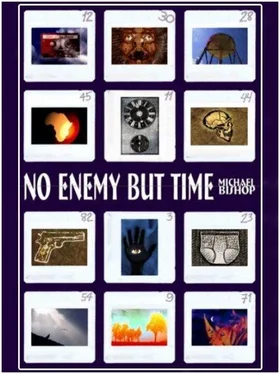

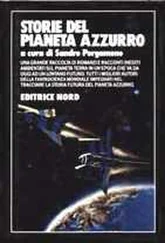
![Ally Carter - [Gallagher Girls 01] I'd Tell You I Love You But Then I'd Have to Kill You](/books/262179/ally-carter-gallagher-girls-01-i-d-tell-you-i-lo-thumb.webp)


